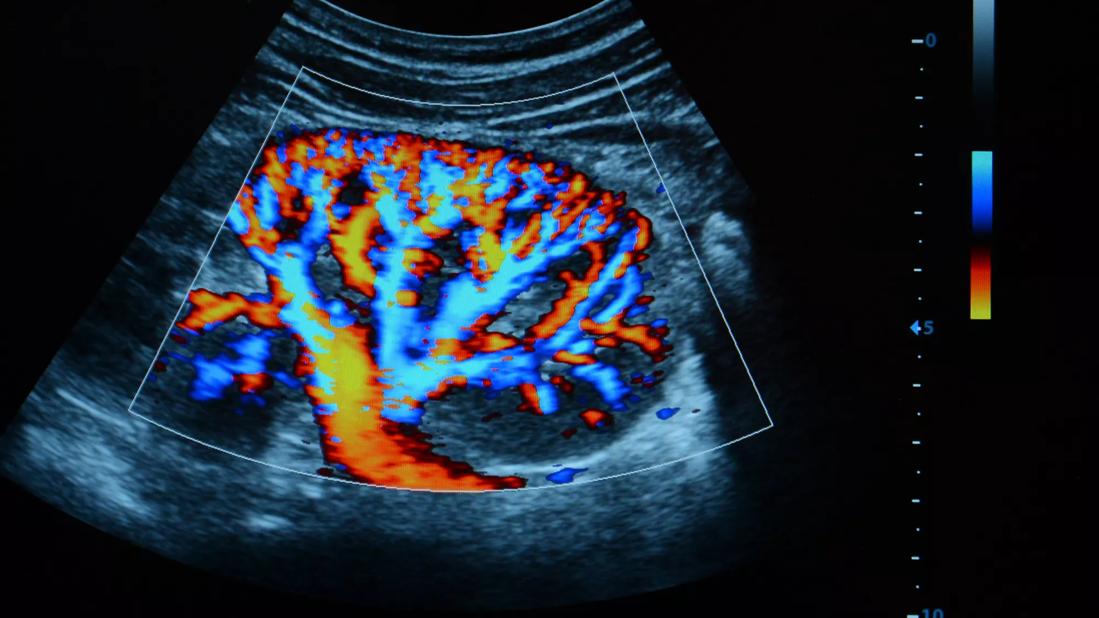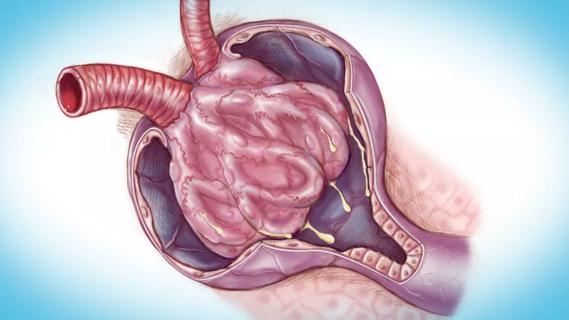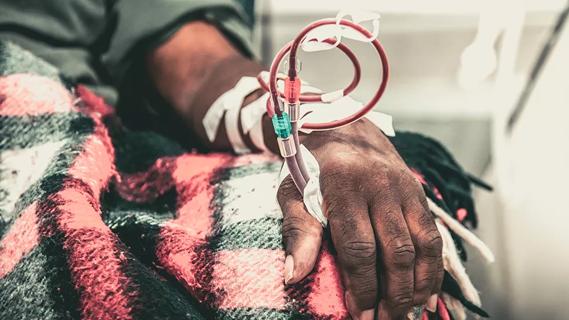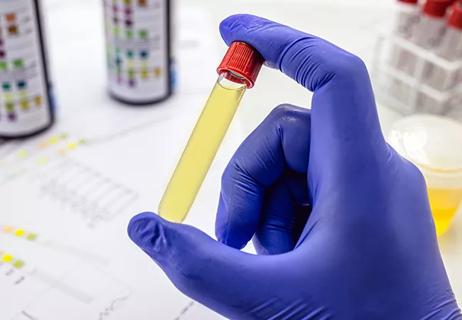Advertisement
Two NIH-funded multicenter research efforts are addressing unmet clinical needs

The principal investigators of two recently awarded National Institutes of Health-funded
multicenter grants discuss how these projects are designed to better manage care for
patients with acute kidney injury (AKI) following discharge and also set the stage for more
personalized care.
Advertisement
Cleveland Clinic is a non-profit academic medical center. Advertising on our site helps support our mission. We do not endorse non-Cleveland Clinic products or services. Policy
Survivors of acute kidney injury (AKI) are at increased risk for developing long-term major adverse kidney events (MAKE), progressive chronic kidney disease (CKD), end-stage kidney disease (ESKD) and all-cause mortality.
However, there is no clear outpatient protocol to prevent rehospitalization and/or subsequent CKD for these patients following discharge.
To address this, Cleveland Clinic and MetroHealth have teamed up as one of three national sites for the Caring for Outpatients with Acute Kidney Injury (COPE-AKI) trial. This five-year trial will compare outcomes between the standard of care and an intensive protocol, where patients will be followed closely through virtual and in-person visits. Investigators named this the Nurse Navigator, and the goal is to enroll 500 patients between both clinical centers.
“It’s an opportunity to fill a gap in our knowledge about the care people with AKI should have after they transition from hospital to outpatient care,” says Emilio Poggio, MD, principal investigator of the Cleveland COPE-AKI Clinical Center trial.
“We hypothesize that screening, intensive monitoring, and management of lipids, blood pressure and proteinuria, using renin-angiotensin system blockade and SGLT-2 inhibitors, will reduce re-hospitalization in patients with moderate-to-severe AKI as well as improve their wellbeing and decrease healthcare costs.
The study is set to begin in late 2021 and will utilize novel strategies for remote monitoring of risk factors among AKI survivors. Patients will also participate by reporting their blood pressure, weight, kidney function and albuminuria data for the first three months after hospital discharge and then at predefined intervals for two years thereafter.
Advertisement
Researchers have analyzed traditional and non-traditional clinical risk factors to examine the progression of CKD and cardiovascular disease in patients with CKD using data and biosamples from the Chronic Renal Insufficiency Cohort (CRIC) Study.
The longitudinal observational study has followed 5,499 patients in 13 U.S. recruiting sites since 2003 and includes a racially and ethnically diverse study population with extensive clinical CKD phenotypes and associated cardiovascular and metabolic comorbidities. The CRIC study has more than 100 additionally funded ancillary studies, which has added to the expansion of data collection. The information gained from this cohort has been incredibly helpful in advancing knowledge of CKD. For example, data from this cohort was used to assist the National Kidney Foundation-American Society of Nephrology Task Force on Reassessing the Inclusion of Race in Diagnosing Kidney Diseases in their final recommendations.1
Cleveland Clinic nephrologists are now leveraging this rich dataset, alongside the clinical and molecular phenotyping data from the Kidney Precision Medicine Project (KPMP), a multicenter trial, to make advancements toward precision kidney medicine.
Jonathan Taliercio, DO, is leading this effort as principal investigator. He says the Cleveland CRIC-KPMP study combines the strengths of these landmark trials by recruiting CRIC participants from Cleveland Clinic, University Hospital and MetroHealth to undergo research kidney biopsies using KPMP protocols.
Advertisement
“We believe that integrating the blood and urine samples collected over a 20-year period from the CRIC study alongside the clinical and molecular phenotyping data from the KPMP study might lead to discoveries in disease subgroups, molecular pathways and novel therapies for patients with CKD,” he says.
“We hope to identify novel biomarkers and therapeutic options that lead to a cure for kidney disease attributed to diabetes and hypertension, the two leading causes of CKD and progression to ESKD,” he says.
Reference
Advertisement
Advertisement

Authors summarize the recent evidence and offer two clinical scenarios

Key considerations when diagnosing and managing severe hyponatremia

Clinicians should individualize dosing practices based on patient risk factors and preferences

Fully-automated process uses preop CT, baseline GFR to estimate post-nephrectomy renal function

Could mean earlier treatment, but also could have negative effects

Identifying barriers in the renal genetic assessment of Black patients

Getting patients to their goal blood pressure

Study highlights benefits of nephrologist-led urine sediment analysis